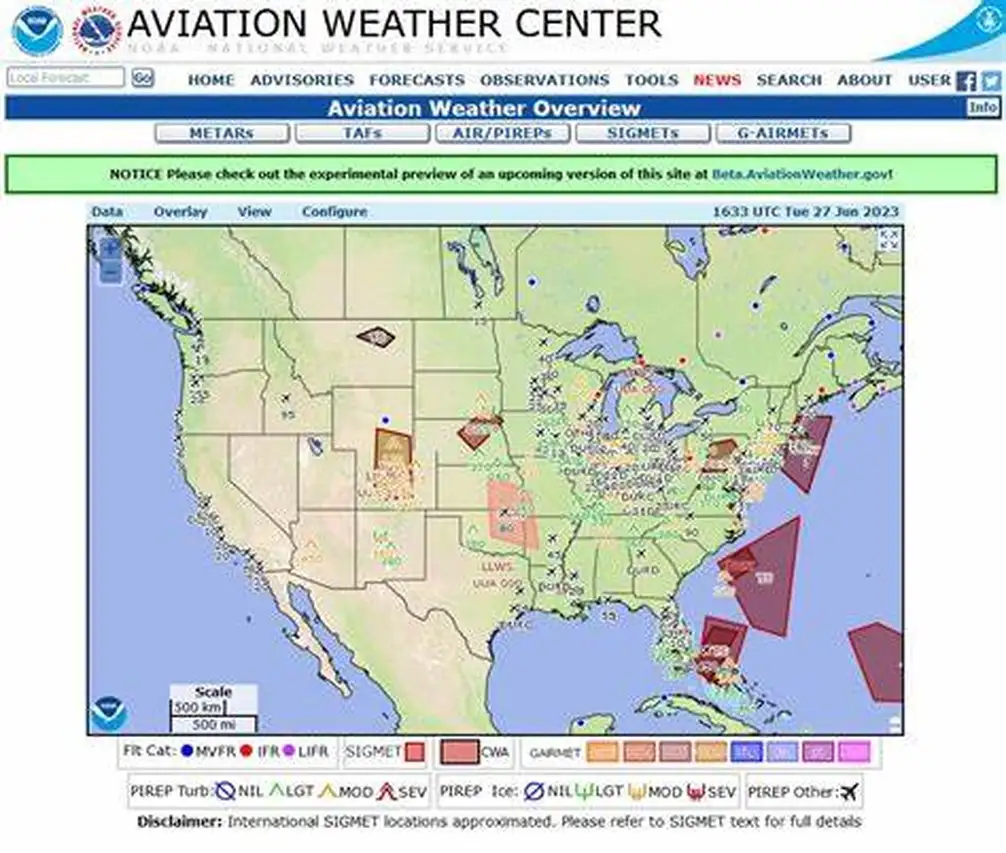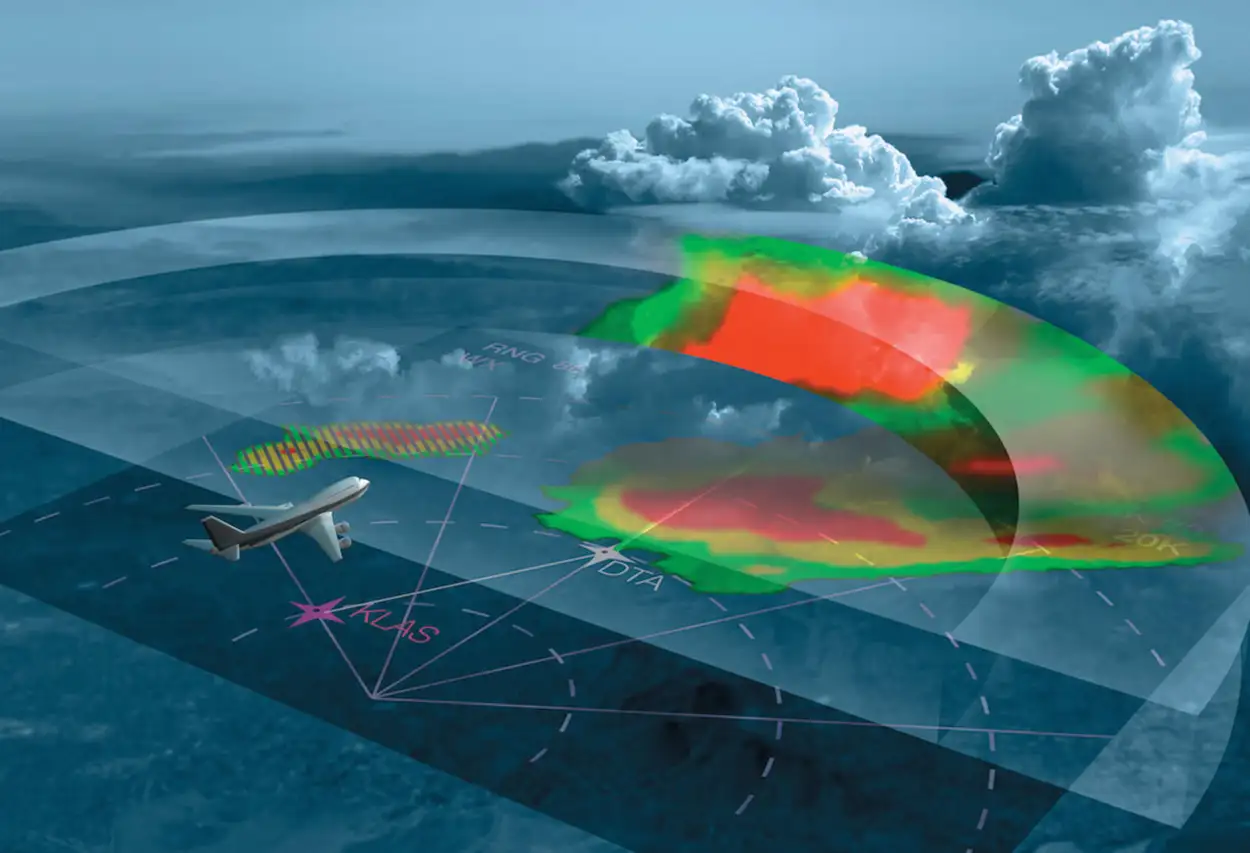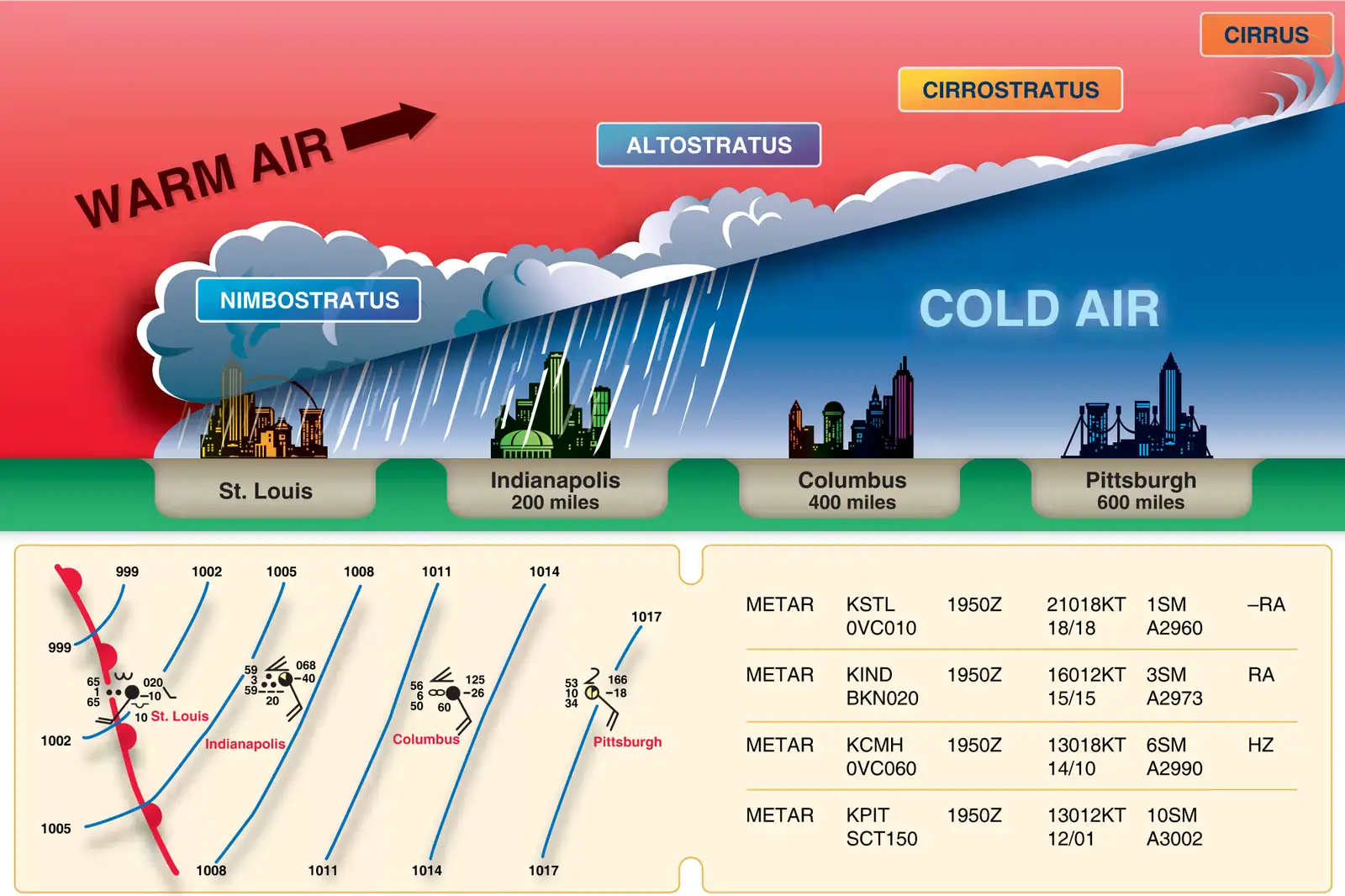As a VFR (Visual Flight Rules) pilot, the allure of the open sky and the freedom of flight are unparalleled experiences. However, the very environment that offers such exhilaration can also present significant challenges if not properly understood. Weather is one of the most critical factors affecting flight safety, especially for those relying on visual cues. This guide delves into essential aspects of aviation weather every VFR pilot should grasp to ensure safe and enjoyable flights.
The Crucial Role of Weather in VFR Flying
Weather conditions are the backbone of VFR operations. Unlike IFR (Instrument Flight Rules) pilots, who can navigate through clouds and low visibility using instruments, VFR pilots must maintain clear visual contact with the terrain and other aircraft. This dependency on visual cues makes weather awareness not just important but vital. Adverse weather can swiftly turn a routine flight into a hazardous situation. Factors like low ceilings, reduced visibility, turbulence, and convective activity can compromise safety. Understanding and respecting weather limitations is a hallmark of a proficient VFR pilot. It's not just about legal minima; it's about personal minima and the comfort level with prevailing conditions.

The Crucial Role of Weather in VFR Flying
Key Weather Phenomena Affecting VFR Pilots
Visibility and Ceilings Visibility refers to the distance at which prominent objects can be seen and identified. Ceilings pertain to the height of the lowest layer of clouds classified as broken or overcast. For VFR pilots, maintaining adequate visibility and ceiling is non-negotiable. Flying into areas where these drop below VFR minima can lead to spatial disorientation and controlled flight into terrain (CFIT). Turbulence While some turbulence is a normal part of flying, severe turbulence can pose risks, especially in smaller aircraft commonly used in VFR flying. Understanding weather patterns that lead to turbulence, such as convective activity or mountain waves, allows pilots to anticipate and avoid rough air. Wind and Weather Fronts Strong winds, wind shear, and gusts can affect aircraft performance during takeoff and landing phases. Weather fronts often bring abrupt changes in weather, including wind shifts, precipitation, and thunderstorms. Recognizing signs of approaching fronts and understanding their impact is crucial for flight planning and execution. Thunderstorms and Convective Activity Thunderstorms are formidable adversaries for any pilot. They can produce severe turbulence, lightning, hail, and downdrafts. VFR pilots should maintain a healthy distance from any convective activity. The FAA recommends staying at least 20 nautical miles away from thunderstorms to avoid associated hazards.

Key Weather Phenomena Affecting VFR Pilots
Interpreting Weather Information
Access to accurate weather information is more abundant than ever, but the ability to interpret this data correctly is what counts. METARs and TAFs METARs (Meteorological Terminal Air Reports) provide current weather conditions at airports, while TAFs (Terminal Aerodrome Forecasts) offer predictions for those conditions over time. Understanding how to read and interpret these reports is fundamental. Key elements include wind speed and direction, visibility, cloud cover, temperature, and altimeter settings. Weather Charts and Radar Surface analysis charts, prognostic charts, and radar summaries offer broader pictures of weather systems affecting larger areas. They help in understanding pressure systems, fronts, and precipitation patterns. Pilots should use these tools to identify potential weather hazards along their intended route. Pilot Weather Briefings Despite the availability of automated services, obtaining a formal weather briefing from Flight Service or using approved online tools ensures that pilots receive comprehensive and up-to-date information. These briefings can highlight NOTAMs, TFRs, and other critical data that might not be immediately apparent elsewhere.

Interpreting Weather Information
Making Informed Go/No-Go Decisions
One of the most challenging aspects of flying is deciding when not to fly. The temptation to proceed with a planned flight can be strong, but safety must always take precedence. Personal Minimums Every pilot should establish personal minimums that may be more conservative than legal requirements. Factors influencing these minima include experience level, familiarity with the aircraft, terrain, and current proficiency. Regularly reviewing and adjusting these limits is part of responsible airmanship. Risk Assessment A thorough pre-flight risk assessment considers all factors: the pilot's condition (IMSAFE checklist), aircraft performance, environmental conditions, and external pressures. If multiple risk factors are present, it might be prudent to delay or cancel the flight. Contingency Planning Even with the best planning, weather can change unexpectedly. Pilots should have contingency plans, such as alternate routes, diversion airports, and clear criteria for turning back or landing short of the destination.

Making Informed Go/No-Go Decisions
In Conclusion
Mastering aviation weather is an ongoing journey for VFR pilots. It requires continuous learning, vigilance, and humility. By deepening your understanding of weather phenomena, honing your interpretation skills, and making judicious decisions, you can ensure that your flights are not only enjoyable but also safe. Remember, the sky is a vast and dynamic environment; respecting its power and staying informed are keys to unlocking its wonders.
